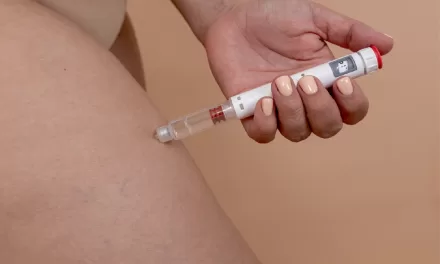A comprehensive analysis published in BMJ Quality & Safety reveals a staggering rise in global patient harms, with incidents increasing from 11 million to 18 million—an alarming 59%—between 1990 and 2019. This sharp increase significantly outpaces the world’s population growth of 45% during the same period, underscoring a critical challenge for healthcare systems worldwide.
Disproportionate Impact on Older Adults
The study indicates that older individuals, particularly those aged 65 to 69, bear the brunt of these patient harms. The incidence of adverse events associated with medical procedures, treatments, and interactions with healthcare systems has shown a marked rise in this age group, reflecting broader demographic trends as populations age globally.
Preventability of Patient Harms
Researchers emphasize that over 50% of inpatient harms in developed countries are preventable, escalating to 83% in developing nations. These preventable incidents not only undermine health outcomes and quality of life but also impose significant costs on healthcare systems and erode public trust.
Methodological Insights
This analysis utilized data from the Global Burden of Disease (GBD) study, encompassing 204 countries from 1990 to 2019. The GBD integrates diverse sources, including surveillance systems, governmental records, and health facility reports, to provide a comprehensive picture of patient harm incidence.
Statistical Findings
In 2019, the global incidence rate of patient harm stood at 232.5 per 100,000 people, reflecting a 10% increase since 1990. Notably, the age-standardized incidence rate was just over 233 per 100,000, showing a 4.5% increase. In high Sociodemographic Index (SDI) regions, the incidence rate surged from 515 to nearly 823 per 100,000, representing a 60% increase.
France notably diverged from this trend, demonstrating a decline in patient harm among individuals aged 50 to 70, attributed to robust patient safety policies.
Age and Patient Harm Correlation
While overall incidence rates remained stable for those under 45, there was a discernible rise among individuals aged 50 and older. The steepest increases were observed in the 65-69 age bracket, with a growth rate of approximately 2% per year. Conversely, cases among children and young adults (under 24) decreased, although those aged 0-4 still represented over 17.5% of all cases in 2019.
Global Disparities
The findings underscore significant disparities between high and low SDI regions. For instance, the incidence of patient harm in the United States was about 50 times higher than in Indonesia. This discrepancy may reflect better healthcare monitoring systems and greater access to services in wealthier nations, rather than solely poor quality of care.
The Role of Medications
The researchers attribute the higher rates of patient harm among older populations primarily to medication-related issues, exacerbated by age-related physiological changes, polypharmacy, and cognitive decline. This complex interplay complicates effective medication management in older adults with multiple health conditions.
Call to Action
Despite these alarming findings, the study acknowledges limitations, including the reliance on predictive estimates in lower SDI countries and the lack of data on the types and severity of patient harms. Nevertheless, the researchers advocate for urgent action: “As populations age and medical services expand, addressing adverse effects of medical treatment incidents becomes imperative to safeguard patient well-being and ensure equitable access to quality healthcare.”
Conclusion
The rising tide of patient harms presents a formidable challenge to global health systems, particularly as populations age and healthcare demands increase. With a concerted effort to improve monitoring and preventive measures, it is possible to reverse this troubling trend and enhance the safety and quality of care for all patients.











